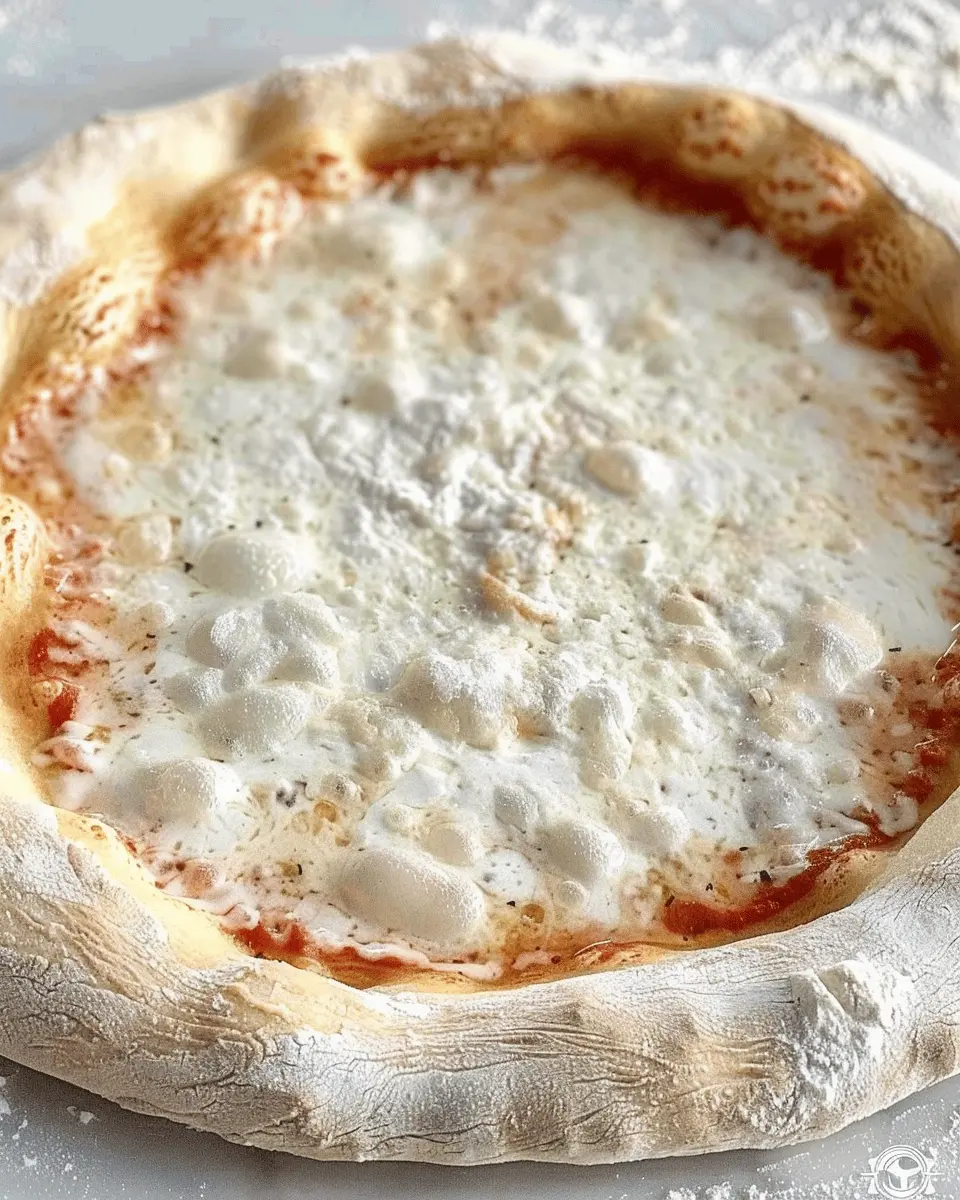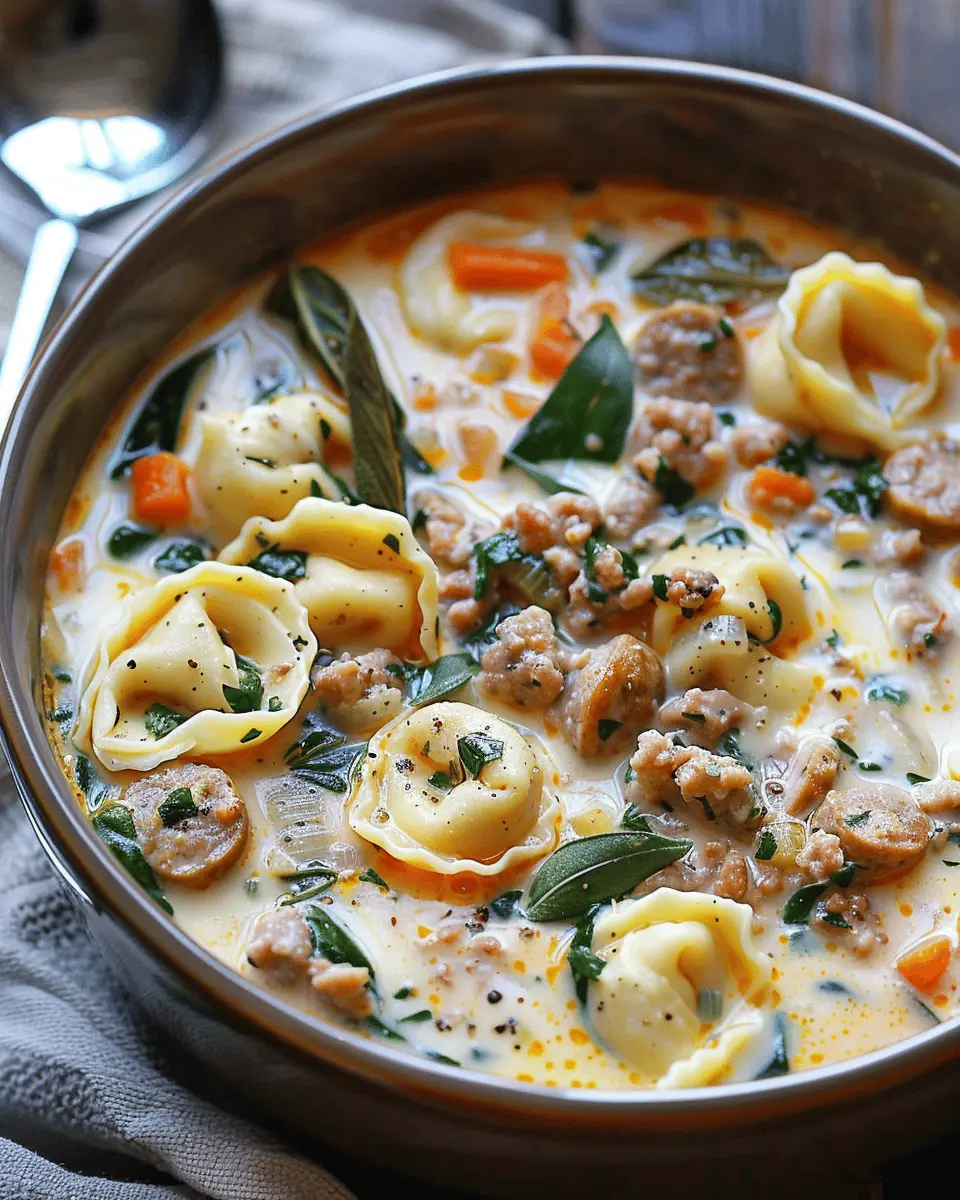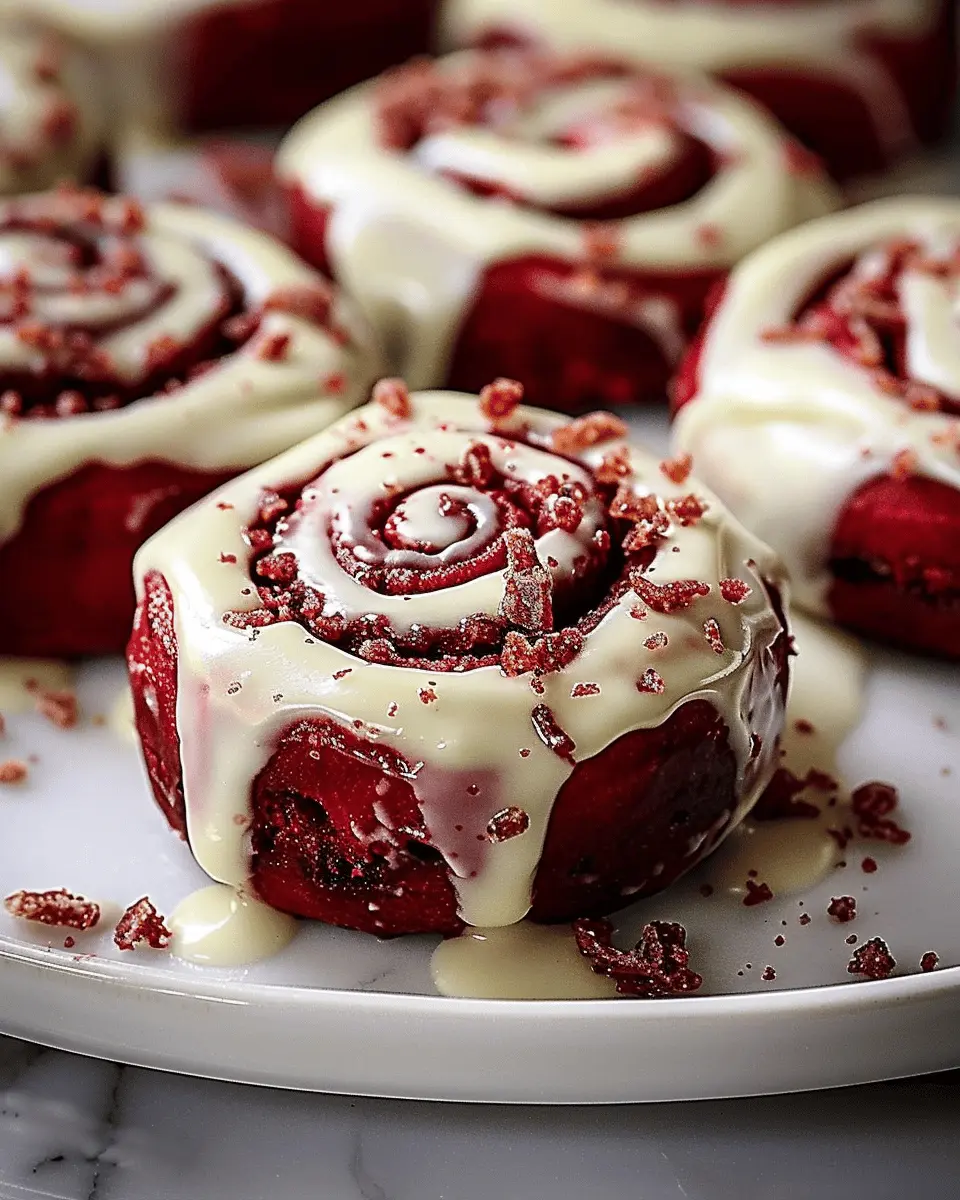Introduction to Neapolitan Pizza Dough
When it comes to whipping up homemade pizzas, Neapolitan pizza dough serves as a game-changer. This traditional dough originates from Naples, Italy, where it’s been perfected for centuries. What makes it stand out isn’t just its flavor, but also its ability to elevate your pizza-making experience right in your kitchen. With its simple ingredients—flour, water, salt, and yeast—this dough is not just easy to prepare but also incredibly versatile.
Why Neapolitan Pizza Dough is a Game-Changer for Your Homemade Meals
Imagine taking a bite of a homemade pizza with a crust that’s light, airy, and has that satisfying chewy texture. That’s exactly what Neapolitan pizza dough brings to the table. The unique blend of high-protein flour and a long fermentation process results in a dough that can hold toppings without becoming soggy, creating a delightful contrast of textures.
Many pizza lovers swear by the authenticity of Neapolitan-style pizza, and it’s not just about taste; it’s about the experience. From the moment you stretch that dough, the smell of it baking in your oven, to the first bite, you’ll feel like you’re dining in a traditional Italian pizzeria. Plus, with just a handful of ingredients, this dough invites creativity. Top it with your favorite fresh ingredients like Turkey Bacon, Chicken Ham, or a medley of colorful vegetables for a truly personalized touch.
The Art of Crafting Neapolitan Pizza Dough
Crafting Neapolitan pizza dough at home can be incredibly satisfying. The process begins with mixing the ingredients, which is almost therapeutic. Kneading the dough allows you to connect with the tradition of pizza-making. It’s an act that transforms simple ingredients into something magical. After allowing the dough to rise, your patience will be rewarded with a soft, pliable base ready for topping.
If you’re new to making pizza dough, don’t hesitate to lean on resources like the James Beard Foundation or Serious Eats for tips. Both offer fantastic insights into the art and science of dough-making. You’ll soon find that mastering this skill can turn your weekends into an exciting culinary adventure.
So, gather your ingredients, roll up your sleeves, and prepare to impress yourself—and anyone lucky enough to share your pizza—by discovering the incredible taste and texture that homemade Neapolitan pizza dough has to offer. It’s easier than you think and certainly worth the effort!

Ingredients for Neapolitan Pizza Dough
When it comes to making authentic Neapolitan pizza dough, a few key ingredients can make all the difference. Let’s break down what you’ll need to create that perfect crust that bursts with flavor while maintaining that delightful chewy texture.
Essential ingredients for perfect Neapolitan pizza dough
-
00 Flour: This finely milled flour is crucial for achieving the authentic Italian pizza texture. Look for an Italian brand, which provides that light, airy crust.
-
Water: Use filtered water if possible. The ideal hydration level is important, and the water shouldn’t be too cold or hot—around room temperature works best.
-
Salt: A good quality sea salt enhances the dough’s flavor. It’s essential to balance the ingredients without overpowering the pizza.
-
Yeast: Opt for fresh yeast if you can find it. It gives your dough that necessary lift and makes it rise beautifully.
-
Olive Oil: While some purists argue against it, a touch of olive oil can help with the dough’s consistency. Just a tablespoon will do.
Creating the perfect Neapolitan pizza dough is an art, but with these ingredients, you’re well on your way to impressing friends and family with your homemade pizza. Don’t forget about the topping combinations; they can elevate your pizza experience too! For a deeper dive into flour types, check out King Arthur Baking’s guide.
Remember, practice leads to perfection, so don’t hesitate to try multiple batches until you hit that sweet spot!
Step-by-Step Preparation of Neapolitan Pizza Dough
Crafting the perfect Neapolitan pizza dough is a labor of love that starts the night before you plan to bake. With simple ingredients and a little patience, you can create a delicious base for your favorite toppings. Ready? Let’s dive into the process!
The Night Before: Mixing the Dough
Start by gathering your ingredients. You’ll need:
- 500g of type ’00’ flour
- 325ml of water (at room temperature)
- 10g of sea salt
- A pinch of active dry yeast
In a large bowl, combine the water and a pinch of yeast, letting it sit for about 5-10 minutes until it becomes frothy. Add the flour and salt, mixing until a shaggy dough forms. Don’t worry if it’s a bit sticky! This is where the magic begins. Cover your bowl with a damp cloth and let it rest for about 20 minutes—this allows the flour to fully hydrate, making your dough even better.
Strength-Building Folds: The Secret to Elasticity
After the rest, it’s time to transform that sticky mass into something smooth and elastic. Flour your work surface and transfer the dough. With lightly floured hands, stretch the dough into a rectangle. Fold it in thirds, like a letter, then rotate it 90 degrees and repeat the process. This technique is vital as it helps develop the gluten, giving your Neapolitan pizza dough that characteristic chewy texture. Aim for about 4-6 folds, letting the dough rest for about 30 minutes between each fold—think of it as a workout for your dough!
Let It Rise: Why Overnight Rest Matters
Now that you’ve folded your dough, it’s time for the real magic: the rise! Place the folded dough in a lightly oiled container, cover it tightly, and let it rise at room temperature for about 2-3 hours. Afterward, pop it in the fridge overnight. Why overnight? This slow fermentation process enhances flavor and texture, leading to a pizza dough that’s the envy of pizzerias worldwide. If you want more insights on fermentation, check out sources like Serious Eats for a deeper understanding of dough science.
Dividing and Shaping the Dough for Cooking
The next day, it’s time to divide your dough into manageable portions. Depending on how large you want your pizzas, you can make 2-4 dough balls. Use a bench scraper for clean cuts. Gently shape each piece into a smooth ball by stretching and folding the edges into the center. This technique will help retain the dough’s aeration, ensuring a light and crispy crust.
Preparing the Dough Balls for the Refrigerator
Place each dough ball on a floured tray or in individual containers, lightly cover them, and place them back in the fridge. They can stay there for up to 72 hours—just remember to take them out about 3 hours before you plan to cook so they can warm up to room temperature, which makes stretching easier.
Getting Ready to Make Your Pizza
Set up your pizza-making station. Preheat your oven to the highest temperature (usually around 500°F or 260°C) and if you have a pizza stone, place it in the oven to heat up. Gather your favorite toppings! Remember, simplicity reigns—fresh tomatoes, mozzarella, basil, and a drizzle of olive oil are all you need for a classic Neapolitan pie.
Stretching the Dough to the Perfect Size
When you’re ready to stretch your Neapolitan pizza dough, flour your work surface and your hands. Press the dough ball down gently, then start stretching it from the center outwards, letting gravity do some of the work. Aim for a rough circle about 10-12 inches in diameter, keeping the edges slightly thicker to form a crust. Remember, practice makes perfect, so don’t stress if it takes a few tries to get it just right!
With these steps, you’re on your way to creating an authentic Neapolitan pizza experience right in your kitchen. Gather your friends, share stories, and enjoy the fruits of your labor—delicious, homemade pizza! Happy cooking!

Variations on Neapolitan Pizza Dough
When it comes to crafting the perfect Neapolitan pizza, the dough is as critical as the toppings. Luckily, there are exciting variations that cater to different dietary preferences and nutritional choices. Let’s dive into some alternatives that can add a personal touch to your pizza night!
Whole Wheat Neapolitan Pizza Dough
Choosing whole wheat flour for your Neapolitan pizza dough is an excellent way to incorporate whole grains into your meal. The nuttier flavor profile will give your crust a delightful twist while keeping it nutritious.
- Ingredients: Replace all-purpose flour with whole wheat flour. You may need to increase the hydration slightly, so consider adding a little more water than usual.
- Texture Consideration: Keep in mind that whole wheat flour tends to yield a denser crust, so feel free to mix in some all-purpose flour for a lighter texture if desired.
This option not only makes your pizza more wholesome but also adds a satisfying chewiness to each slice.
Gluten-Free Options for Neapolitan Pizza Dough
For those avoiding gluten, creating a gluten-free Neapolitan pizza dough is simpler than you might think! There are gluten-free flours available that closely mimic the texture of traditional pizza dough.
- Flour Choices: Almond flour, coconut flour, or a gluten-free pizza flour blend can work wonders. Just remember to add a binding agent like xanthan gum or psyllium husk to help the dough hold together.
- Flavor Enhancements: Consider spices or herbs to boost the flavor profile of your gluten-free dough. A little garlic powder, oregano, or basil can go a long way in transforming your crust.
These variations ensure everyone at your table can enjoy a delicious slice of Neapolitan pizza, regardless of dietary needs. For more in-depth tips, check out this guide on gluten-free baking.
Experimenting with different types of Neapolitan pizza dough not only enhances flavor but also invites creativity into your kitchen. So next pizza night, why not try something a little different? Your taste buds will thank you!
Cooking Tips and Notes for Neapolitan Pizza Dough
Essential kitchen tools for a successful pizza night
To craft the perfect Neapolitan pizza dough, you’ll need a few trusty kitchen tools. Start with a good-quality mixing bowl and a wooden spoon for blending your ingredients. A kitchen scale is invaluable for measuring flour and water accurately. If you don’t have one, consider investing in one; precise measurements are crucial for achieving that ideal dough consistency.
Lastly, a pizza stone or steel can elevate your pizza game. These tools help achieve that coveted crispy crust. Place it in your oven while preheating to create an authentic pizzeria experience right in your home.
Common mistakes to avoid when making dough
Even seasoned cooks can stumble when making neapolitan pizza dough. Here are some common pitfalls to sidestep:
- Incorrect Flour Type: Always use high-protein flour, like Tipo “00,” for that authentic texture.
- Over-kneading: Gentle and adequate kneading is key; too much will toughen the dough.
- Temperature Missteps: Use lukewarm water to activate the yeast effectively!
For additional insights, check out this guide by King Arthur Baking Company on proper dough handling methods. Remember, even small adjustments can lead to monumental improvements in your pizza!

Serving Suggestions for Neapolitan Pizza
Classic toppings for a Neapolitan pizza
When it comes to Neapolitan pizza dough, simplicity is key. Traditional toppings like San Marzano tomatoes, fresh mozzarella, and fresh basil are not just staples; they’re the essence of what makes this pizza special. A drizzle of high-quality olive oil before serving can elevate those flavors even further. Consider adding a sprinkle of flaky sea salt for that perfect flavor contrast.
Don’t forget the delicious options of chicken ham and turkey bacon for those seeking a bit more variety. These toppings provide a satisfying and savory finish that enhances the overall experience.
Creative topping ideas for adventurous eaters
For those ready to shake things up, why not try some unexpected combinations? Consider figs with prosciutto or even a sweeter twist with caramelized onions and goat cheese. How about a fresh arugula and lemon salad on top after baking?
Get inspired by global flavors! Think about toppings like sriracha drizzle, feta cheese, or spicy honey. These unique additions can transform your homemade pizza into a culinary adventure.
Ready to fire up that oven? Your delicious Neapolitan pizza awaits!
Time Breakdown for Neapolitan Pizza Dough
Preparation time
Creating Neapolitan pizza dough is more than just mixing ingredients—it’s about crafting a delicious base. The preparation time usually takes around 15-20 minutes. You’ll want to gather high-quality ingredients, like 00 flour and fresh yeast, to ensure an authentic experience.
Rising time
Rising time is where the magic happens. Once kneaded, allow your dough to rise for about 8 hours at room temperature, or for better flavor, consider a longer fermentation—up to 24 hours in the fridge! This slow rise develops a deeper flavor and airier texture.
Cooking time
The final step is just as crucial. Preheat your oven to its highest setting, ideally around 900°F if you’re using a pizza oven. Cooking your Neapolitan pizza will take only about 90 seconds to 2 minutes, resulting in that charred, bubbly crust we all love.
If you’re interested in pizza-making techniques, check out resources from Serious Eats for expert insights. Happy pizza making!
Nutritional Facts for Neapolitan Pizza Dough
Calories per serving
When indulging in Neapolitan pizza dough, it’s helpful to be mindful of the calories. A typical serving (about 1/4 of the dough) contains approximately 160 calories. It’s quite reasonable for a delicious base, especially when you consider the amazing toppings you can add!
Carbohydrates and protein content
This delightful dough isn’t just tempting; it’s also nutritious! Each serving provides around 34 grams of carbohydrates, which come from the flour. In terms of protein, you’ll find about 5 grams per serving, adding a little boost to your meal. If you want to amplify the protein content, topping it with turkey bacon or chicken ham can be a fantastic option.
For more information on the nutritional value of pizza dough, the USDA National Nutrient Database is a great resource. Staying informed allows you to enjoy your homemade creations guilt-free while keeping an eye on your dietary goals. What’s not to love about that?
FAQ about Neapolitan Pizza Dough
Making Neapolitan pizza dough can seem daunting, but I’m here to answer some common questions to help you master it like a pro!
How can I achieve the perfect crust?
The secret to the perfect crust lies in a few essential factors:
- Hydration: Aim for a dough hydration of around 60-70%. This creates a tender and chewy texture.
- Fermentation: Let your dough ferment longer at a cooler temperature. A 24-hour cold rise enhances flavor and digestibility.
- Baking: A high-temperature oven (at least 800°F or 425°C) is crucial for achieving that signature charred crust. Investing in a pizza stone or steel can further elevate your baking game.
Can I use regular flour instead of 00 flour?
While you can substitute regular all-purpose flour for 00 flour, it may alter the final texture somewhat. 00 flour is finely milled and has a higher protein content, which translates to a better rise and chew. If you can, opt for it, but if not, look for a strong all-purpose flour to get the best outcome.
How do I store leftover dough?
Storing leftover Neapolitan pizza dough is easy! Simply:
- Divide the dough into balls (if it’s not already).
- Lightly coat each ball in olive oil to prevent sticking.
- Wrap them tightly in plastic wrap or place them in an airtight container.
Refrigerate for up to three days or freeze for up to three months. When ready to use, allow it to thaw in the refrigerator overnight for best results.
Feel free to check out this article on pizza dough for more expert tips!
Now that you’re armed with these insights, get ready to make some incredible pizzas!
Conclusion on Neapolitan Pizza Dough
The joy of making pizza dough at home
Creating your own Neapolitan pizza dough at home is not just a culinary task; it’s a delightful experience that appeals to all your senses. The feel of the dough as you knead it, the aroma of yeast as it rises, and the satisfaction of baking your pizza to perfection can transform an ordinary meal into a celebration. It’s rewarding to see friends and family gathered around, sharing stories and enjoying your homemade creation.
Plus, experimenting with different toppings and flavors offers endless possibilities! If you’re interested in perfecting your pizza skills, check out Serious Eats for more tips and techniques. So roll up your sleeves, unleash your inner pizzaiolo, and enjoy the process. After all, isn’t that what food is all about?
PrintNeapolitan Pizza Dough: The Best Homemade Recipe for Everyone
Learn to make authentic Neapolitan pizza dough at home with our simple and delicious recipe.
- Prep Time: 15 minutes
- Cook Time: 10 minutes
- Total Time: 2 hours 25 minutes
- Yield: 4 servings 1x
- Category: Pizza
- Method: Baking
- Cuisine: Italian
- Diet: Vegetarian
Ingredients
- 4 cups all-purpose flour
- 1 1/2 cups warm water
- 2 teaspoons salt
- 1 teaspoon sugar
- 1/2 teaspoon active dry yeast
Instructions
- In a small bowl, dissolve the yeast and sugar in warm water. Let it stand for 5 minutes until foamy.
- In a large mixing bowl, combine the flour and salt.
- Add the yeast mixture to the flour and mix until a dough forms.
- Knead the dough on a floured surface for about 10 minutes until smooth.
- Place the dough in a greased bowl, cover, and let it rise for about 2 hours or until it doubles in size.
- Once risen, punch down the dough and divide it into portions. Shape into balls and let rest for another 30 minutes before using.
Notes
- Make sure your water is not too hot to prevent killing the yeast.
- For best results, let the dough ferment in the fridge overnight.
Nutrition
- Serving Size: 1 pizza
- Calories: 220
- Sugar: 1g
- Sodium: 800mg
- Fat: 1g
- Saturated Fat: 0g
- Unsaturated Fat: 0g
- Trans Fat: 0g
- Carbohydrates: 45g
- Fiber: 2g
- Protein: 7g
- Cholesterol: 0mg
Keywords: Neapolitan Pizza Dough












